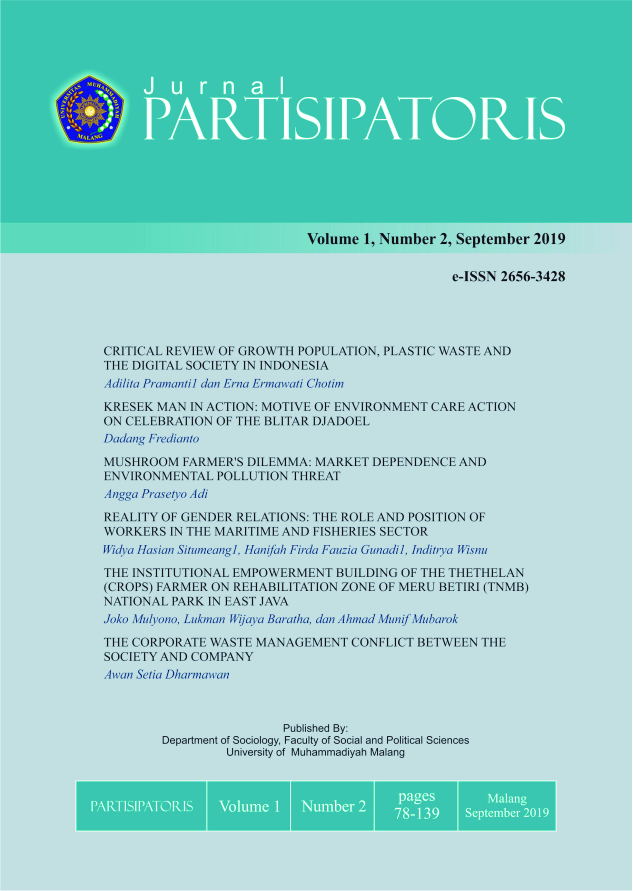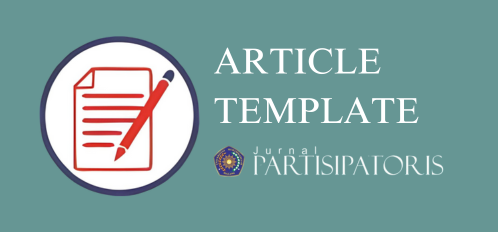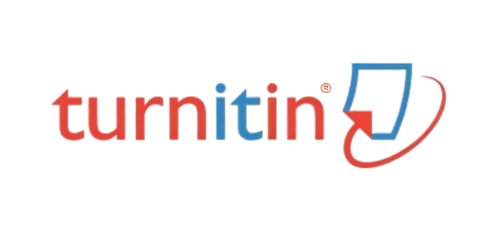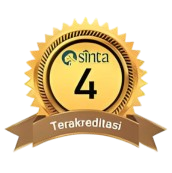THE INSTITUTIONAL EMPOWERMENT BUILDING OF THE THETHELAN (CROPS) FARMER ON REHABILITATION ZONE OF MERU BETIRI (TNMB) NATIONAL PARK IN EAST JAVA
DOI:
https://doi.org/10.22219/jp.v1i2.8465Abstract
The study entitled “ The institutional empowerment building of the crops farmer on rehabilitation zone of Meru Betiri national park in East Java” takes the fact that since the initialization of the Ecosystem Returns (PE) in 1999 in the rehabilitation zone until the year 2017, there is no optimum result of the program. Instead of getting greener, the zone becomes more dry, arid, and wither. The problem of the study is that what causes the PE program in rehabilitation zone ran less optimum? How to build the institutional empowerment of crops farmer? The purpose of this study is to identify factors that cause the less optimum of PE program at the rehabilitation zone and to formulate the model of optimum institutional empowerment of cropsfarmers. The primary data were through observation, interview, and Focus Group Discussion (FGD), while the secondary data were from a mixed document of Green’s ecological theory and Nort’s institution theory. Less optimum of PE program is due to the cultural switch from abstinence to anthropocentric, the scarcity of farming land, and market intervention. The model of institutional empowerment of crops farmer is the cooperation and synergy interaction among the actors.
Downloads
Download data is not yet available.
Downloads
Published
30-09-2019
How to Cite
Mulyono, J., Baratha, L. W., & Mubarok, A. M. (2019). THE INSTITUTIONAL EMPOWERMENT BUILDING OF THE THETHELAN (CROPS) FARMER ON REHABILITATION ZONE OF MERU BETIRI (TNMB) NATIONAL PARK IN EAST JAVA. Jurnal Partisipatoris, 1(2), 117–129. https://doi.org/10.22219/jp.v1i2.8465
Issue
Section
Articles
License
Authors who publish with Jurnal Partisipatoris agree to the following terms:
- For all articles published in the Jurnal partisipatoris, copyright is retained by the authors. Authors give permission to the publisher to announce the work with conditions. When the manuscript is accepted for publication, the authors agree to the automatic transfer of non-exclusive publishing rights to the publisher.
- Authors retain copyright and grant the journal right of first publication with the work simultaneously licensed under a Creative Commons Attribution-ShareAlike 4.0 International License that allows others to share the work with an acknowledgment of the work's authorship and initial publication in this journal.
- Authors are able to enter into separate, additional contractual arrangements for the non-exclusive distribution of the journal's published version of the work (e.g., post it to an institutional repository or publish it in a book), with an acknowledgment of its initial publication in this journal.
- Authors are permitted and encouraged to post their work online (e.g., in institutional repositories or on their website) prior to and during the submission process, as it can lead to productive exchanges, as well as earlier and greater citation of published work (See The Effect of Open Access).












